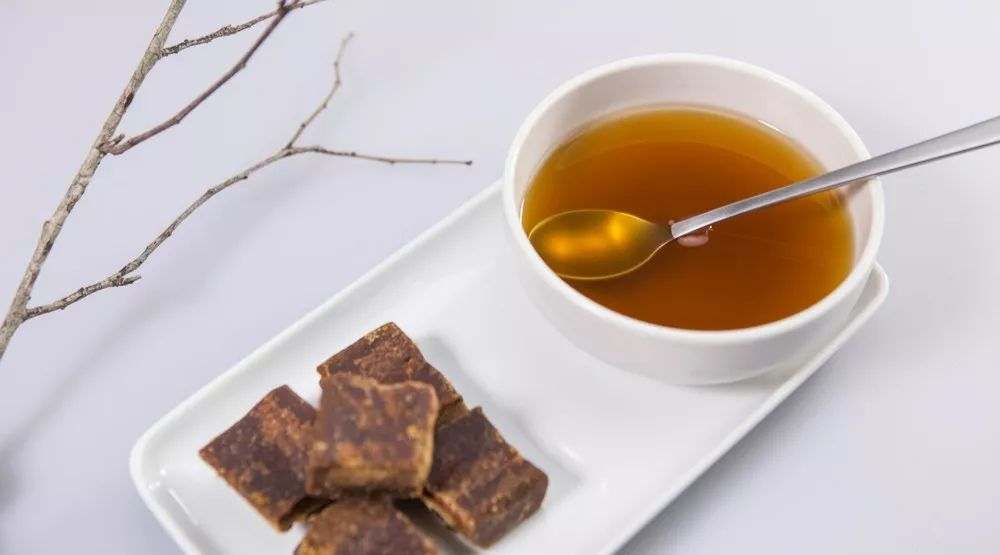Almost every day, I meet my sister with her belly covered and her waist bent, pale face and cold sweat.
Among them are young girls, older girls, single virgins with or without boyfriends, and other mothers who have already given birth to two children.
The reason why they came to the hospital was:
The same world, different dysmenorrhea.
There are two types of dysmenorrhea: primary and secondary
Primary dysmenorrhea does not have organic pathological changes of reproductive organs, but it is pain. This type of dysmenorrhea accounts for more than 90% of dysmenorrhea.
At present, research believes that the main culprit of primary dysmenorrhea is the secretion of prostaglandin (PG) in endometrium during menstruation.
They are derivatives of arachidonic acid fatty acids, and the increase of PGF2 is the main cause of dysmenorrhea.

Because it can cause strong contraction of uterine smooth muscle and vasospasm, leaving our uterus in a state of ischemia and hypoxia, thus causing more pain.
Moreover, the increased prostaglandin enters the blood circulation, which will also cause systemic troubles and even cause cardiovascular and digestive tract symptoms.
At the same time, mental stress and low pain threshold will also aggravate pain to some extent.
Another kind of dysmenorrhea is secondary dysmenorrhea, which is different from primary dysmenorrhea. Smart girls should have guessed that secondary dysmenorrhea is caused by pelvic organic diseases.
The common causes include endometriosis, adenomyosis, chronic pelvic inflammation, and uterine and vaginal development malformation.
For dysmenorrhea, don’t believe these rumors.
As for the treatment of dysmenorrhea, there are always some rumors that make people confused:
Rumor 1: If you have dysmenorrhea, it will be good to have a child!
Some women did have dysmenorrhea relieved after giving birth, but that was because vaginal delivery expanded the originally narrow cervical canal and menstrual blood could flow out more smoothly.
Or there was an abnormal position of the uterus, which was improved after delivery, so dysmenorrhea did not hurt.
Even if some women have such a situation, not everyone can improve dysmenorrhea after giving birth. To some extent, this is a question of probability.
Unless you happen to be planning to give birth, there is no need to give birth simply to treat dysmenorrhea.
Rumor 2: Various ancient methods, modern brown sugar, black sugar and rose ointment can treat dysmenorrhea and enrich blood!
We all know that there is a universal saying, it is called [drink plenty of hot water].
During dysmenorrhea, drink a cup of warm hot water, or brown sugar water, black sugar water and rose water. The sweet taste can make people feel more comfortable psychologically.

Because warmth accelerates the circulation of blood, which is similar to the principle of hot compress and sticking warm babies, but it cannot fundamentally treat dysmenorrhea or enrich blood.
Of course, if you really like this kind of drink, you can have one, but this is also a kind of sugar water drink, don’t drink too much, it is full of sugar and calories ~
Rumor 3: Dysmenorrhea is [cold palace], you need to recuperate!
Many of those who said this were micro-merchants or beauty salons.
[Gong Han] is a good excuse to fool people: infertility? Miyagi! Menstruation? Miyagi! Less menstruation? Miyagi! Menstrual clots? It’s still Gong Han!
First, I will frighten you to one leng and one leng, then I will sell you a [Shiquan Dabu Ancient Prescription Massage Package] [Care for Women Maintenance Package], and then a box of [So-and-So Palace Cold Paste]!
Remind everyone: If you are sick, what you need is treatment. If you are not sick, don’t be superstitious about what’s recuperation. Otherwise, it is not impossible to [recuperate] more problems without paying IQ tax.
I hope all the girls will no longer be tortured by the annoying goblin dysmenorrhea.
